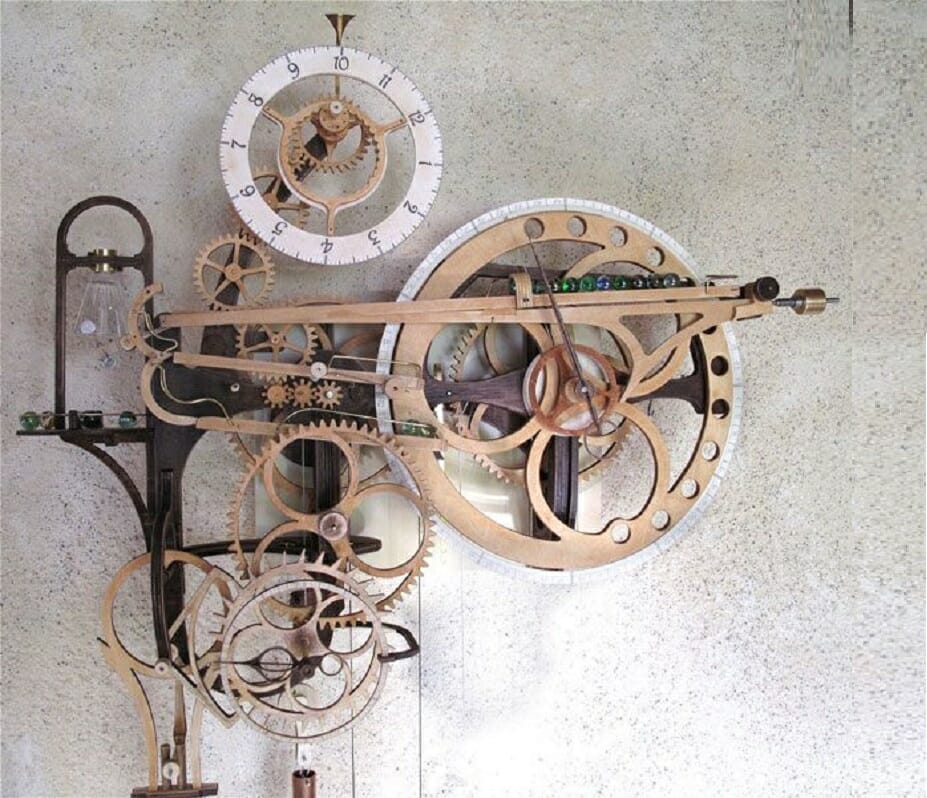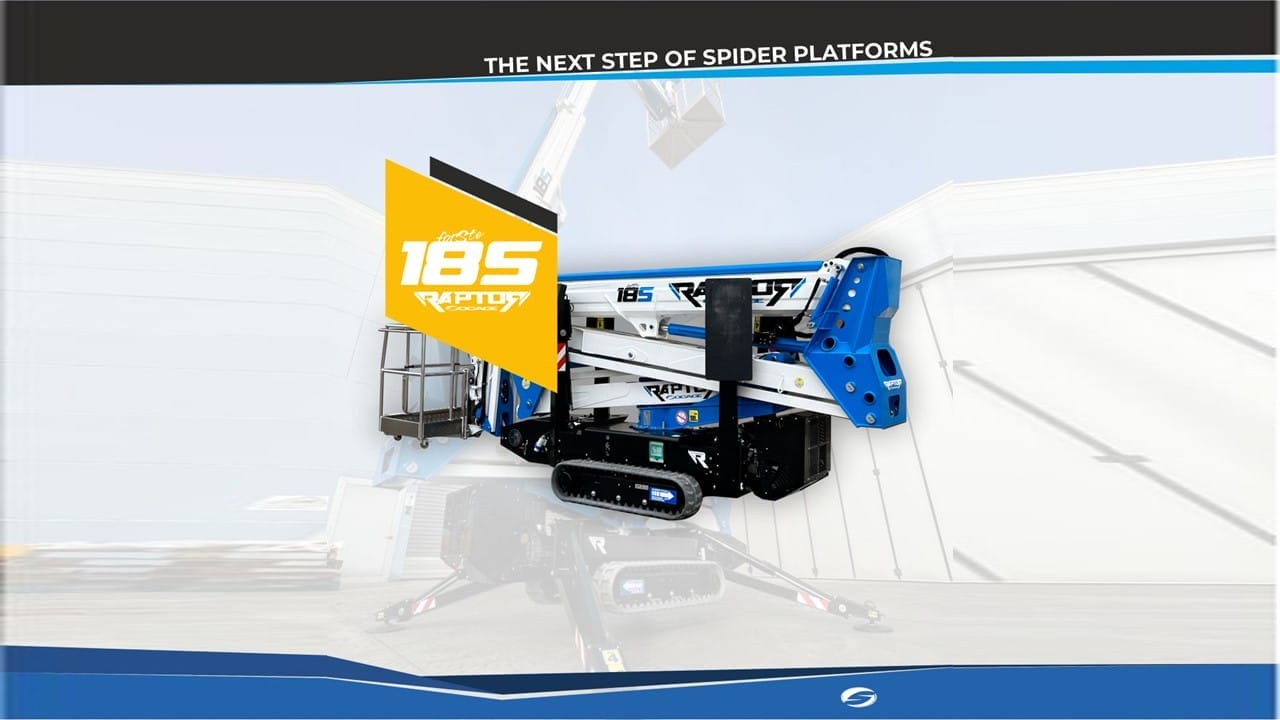This Cheap Paperfuge Was Inspired By A Child’s Toy And It Can Save Lives from Malaria Disease
Here’s how to build a whirligig: Thread a loop of twine through two holes in a button. Grab the loop ends, then rhythmically pull. As the twine coils and uncoils, the button spins at a dizzying speed.
Now, using the same mechanical principles, Stanford bioengineers have created an ultra-low-cost, human-powered centrifuge that separates blood into its individual components in only 1.5 minutes. Built from 20 cents of paper, twine and plastic, a “paperfuge” can spin at speeds of 125,000 rpm and exert centrifugal forces of 30,000 Gs.

If we could all make medical care cheaper, the world will surely become a better place. Unfortunately, that’s not always the case in most countries. For third-world countries, easy access to medical assistance is also a problem (apart from it not being affordable to most). This is why Manu Prakash, a bioengineer, has always made it his goal to make scientific equipment affordable and accessible.
Not only did Prakash develop a pocket-size paper microscope that will only cost you less than a dollar, he recently came up with a paper centrifuge your hands can easily power. In case you don’t see how helpful this could be to poor communities, this centrifuge can give easy access to small health centers to test a person for certain diseases like tuberculosis, HIV and malaria.
Can you guess how much it cost Prakash and his collaborators to create this? Only 20 cents!

Once a patient’s blood, stool or urine is obtained, the scientist can spin the sample in the centrifuge. This will enable to separate cells of different weights due to the spinning motion. The pathogens from the blood may be separated from the rest of the sample.
In a presentation in the journal Nature Biomedical Engineering, the “paperfuge” can spin up to 125,000 revolutions per minute. The design was inspired by a buzzer toy called whirligig. This is way faster than a normal bench-top centrifuge that can only spin up to 20,000 revolutions per minute (rpm).


Source: NPR
Prakash and his collaborators proved how using this “paperfuge” made diagnosis of malaria easy and fast. In just about 15 minutes, his team was was able to separate malaria from samples of infected blood. Now, if this gets distributed around the world, especially to poor communities, it could definitely save lives.
A centrifuge is critical for detecting diseases such as malaria, African sleeping sickness, HIV and tuberculosis. This low-cost version will enable precise diagnosis and treatment in the poor, off-the-grid regions where these diseases are most prevalent.
The physics and test results of this device are published in the Jan. 10 issue of Nature Biomedical Engineering.

No electricity required
When used for disease testing, a centrifuge separates blood components and makes pathogens easier to detect. A typical centrifuge spins fluid samples inside an electric-powered, rotating drum. As the drum spins, centrifugal forces separate fluids by density into layers within a sample tube. In the case of blood, heavy red cells collect at the bottom of the tube, watery plasma floats to the top, and parasites, like those that cause malaria, settle in the middle.
Prakash, who specializes in low-cost diagnostic tools for underserved regions, recognized the need for a new type of centrifuge after he saw an expensive centrifuge being used as a doorstop in a rural clinic in Uganda because there was no electricity to run it.

“There are more than a billion people around the world who have no infrastructure, no roads, no electricity. I realized that if we wanted to solve a critical problem like malaria diagnosis, we needed to design a human-powered centrifuge that costs less than a cup of coffee,” said Prakash, who was senior author on the study.
Inspired by spinning toys, Prakash began brainstorming design ideas with Saad Bhamla, a postdoctoral research fellow in his lab and first author on the paper. After weeks of exploring ways to convert human energy into spinning forces, they began focusing on toys invented before the industrial age – yo-yos, tops and whirligigs.
“One night I was playing with a button and string, and out of curiosity, I set up a high-speed camera to see how fast a button whirligig would spin. I couldn’t believe my eyes,” said Bhamla, when he discovered that the whirring button was rotating at 10,000 to 15,000 rpms.

After two weeks of prototyping, he mounted a capillary of blood on a paper-disc whirligig and was able to centrifuge blood into layers. It was a definitive proof-of-concept, but before he went to the next step in the design process, he and Prakash decided to tackle a scientific question no one else had: How does a whirligig actually work?
Article Source:














